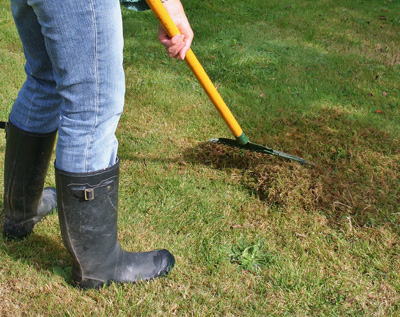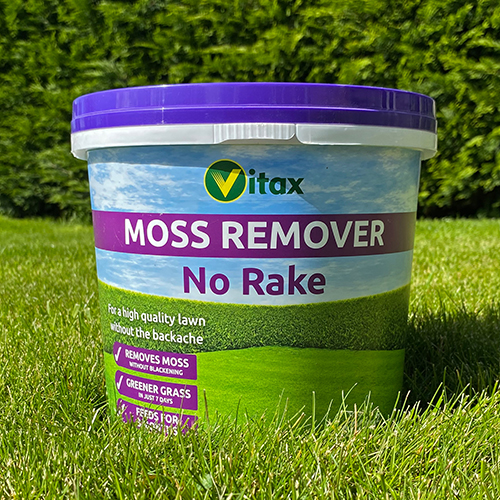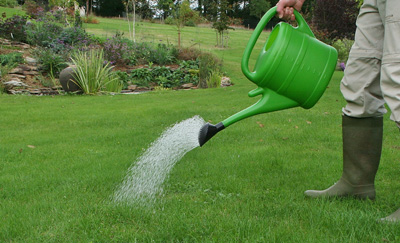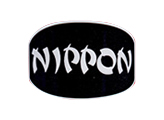How to kill moss on your lawn
How to kill moss on your lawn
Few lawns are moss free after the damp days of winter. Where they are shaded by trees, or on damp, poorly drained soil, moss may continue to thrive throughout the year. Moss loves cool, moist growing conditions and the shelter and support of surrounding grass plants. It also loves decaying organic plant material, such as the “thatch” which gathers on the surface of the soil beneath the grass. This consist of dead grass leaves and debris which builds up during the season. So how can you go about getting rid of moss to get your lawn back in shape?
Scarifying and raking?
 The usual recommendation is to apply a moss killer before you scarify or rake your lawn to remove the moss; theoretically this prevents it from spreading. In reality moss is often really thick in the grass and an application of moss killer on an unscarified lawn simply does not penetrate, it only kills the surface of the moss.
The usual recommendation is to apply a moss killer before you scarify or rake your lawn to remove the moss; theoretically this prevents it from spreading. In reality moss is often really thick in the grass and an application of moss killer on an unscarified lawn simply does not penetrate, it only kills the surface of the moss.
Therefore it is better to rake with a metal spring tine lawn rake or use a mechanical lawn scarifier before moss killer application; then again when moss has been killed. Using a rake is good exercise, but hard work. For larger areas it may be better to hire or buy a mechanical one.
Why not use a feed, weed and mosskiller?
Triple action lawn products are the most popular and can produce good results on well-maintained lawns. They are a good choice when moss infestation is light and they are best used from mid-spring onwards. By that time the weeds are in active growth, so the weedkiller elements is more likely to work.
 Where moss is the main problem it is better to tackle it separately early in the year, then use a combined fertiliser, mosskiller and weedkiller later on.
Where moss is the main problem it is better to tackle it separately early in the year, then use a combined fertiliser, mosskiller and weedkiller later on.
Which mosskiller should I use?
Vitax Lawn Sand is a traditional treatment for moss in lawns. As the name suggests it is based on sand which can be applied using a spreader, or by hand on small areas. It contains ferrous sulphate which acts quickly to kill moss, turning it black. This is useful because it is easy to see any areas that have been missed. It also acts as a tonic, helping to green-up the lawn. The dead moss can be removed by raking or scarifying a few days after application.
The other benefit of lawn sand is the sand itself. This works its way into the ground improving structure of heavy-compacted soils and aiding surface drainage.
 Preventing moss
Preventing moss
If moss infestation is a recurring problem, what can you do to help prevent it?
The thicker and healthier your lawn, the less room there is for moss to invade. Feeding your lawn in autumn with Vitax Moss Remover helps to strengthen and thicken your grass in preparation for winter.
Moss is always a problem on compacted ground with poor drainage. Aerating the lawn with a lawn aerator, or spiking it with a garden fork regularly really helps. On heavy clay soil try an autumn top dressing of Vitax Clay breaker to improve the soil structure.
Most important: do not leave wet leaves lying on the lawn. These put the grass under stress, trap moisture and provide the ideal conditions for moss to thrive.
Andy McIndoe for Vitax
Find a stockist near you
To check if the product you require is in stock, please contact the retailer prior to visiting.
Your login details have been used by another user or machine. Login details can only be used once at any one time so you have therefore automatically been logged out. Please contact your sites administrator if you believe this other user or machine has unauthorised access.













